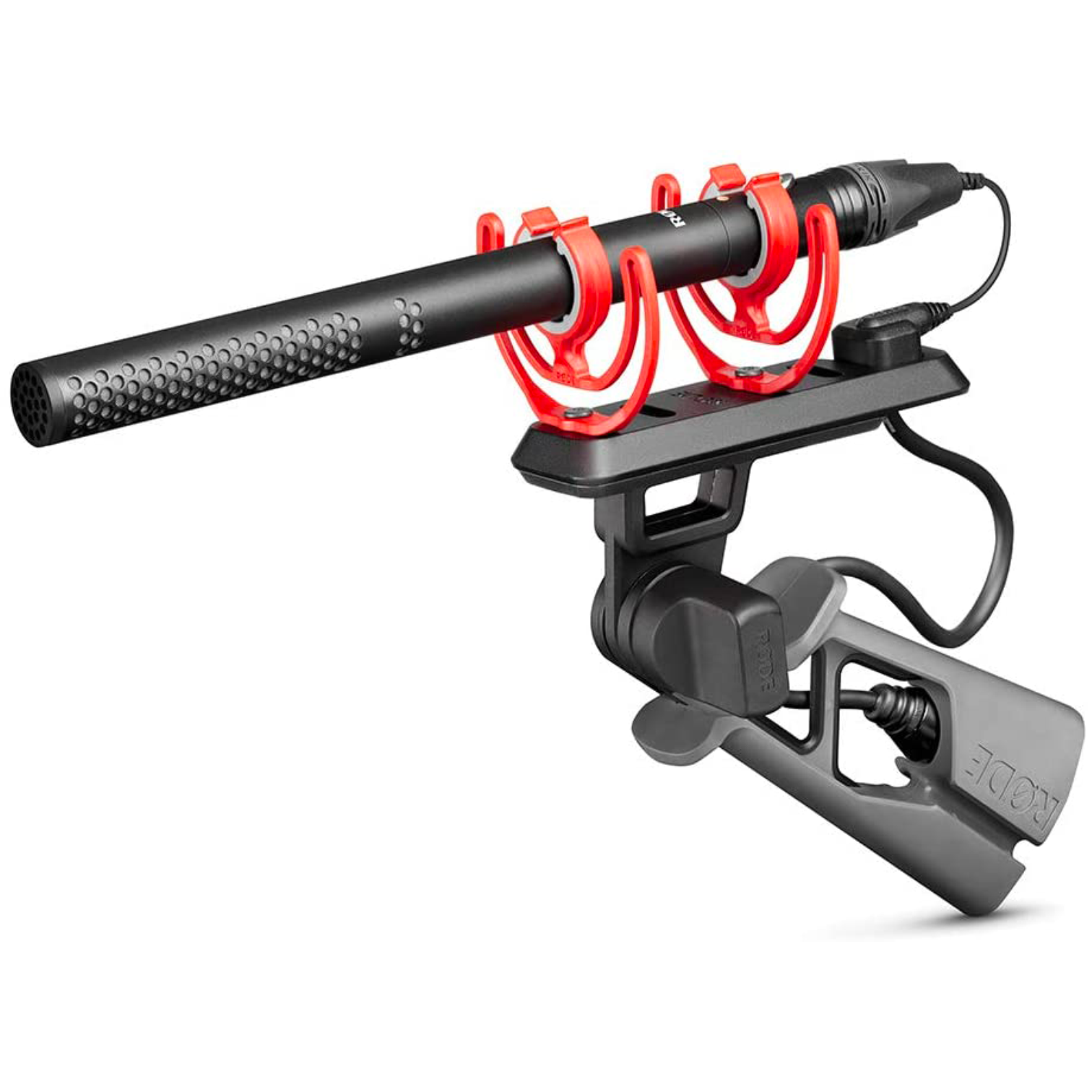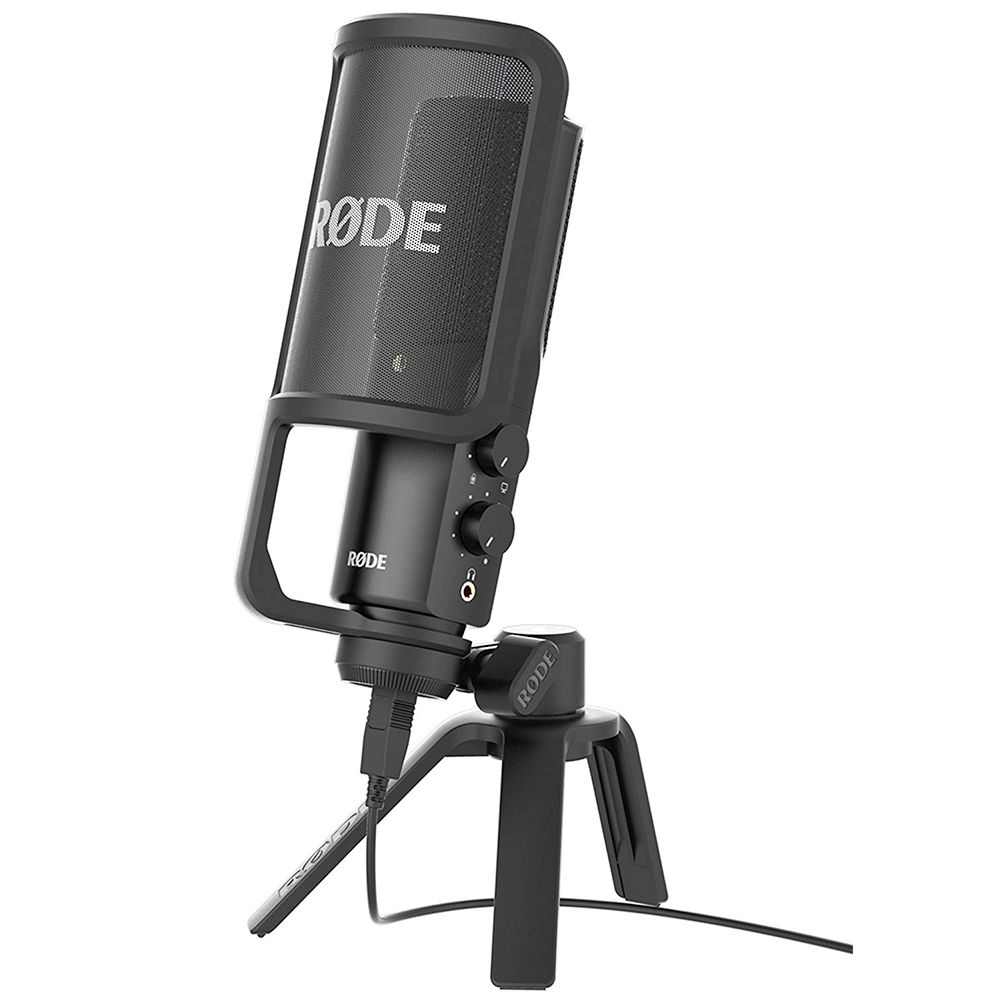AUDIO SETUP
A collection of the audio equipment that I use for all of my filmmaking and podcast needs.
RØDE NTG-5 SHOTGUN MICROPHONE
I recently made the switch to a shotgun microphone setup for capturing my audio during live streams and YouTube video filming and I’ve loved every minute of it. I no longer have to worry about wires, I have room to move, and, with visible audio monitoring available on the Zoom H6, using this microphone as my main microphone allows my audio to always captured at the perfect level and at the perfect angle for clear, crisp, clean audio that sounds absolutely amazing no matter what I’m using it for.
ZOOM H6 AUDIO RECORDER
I consider this audio recorder a must-have if you plan on using XLR-based microphones with your audio setup. Whether you’re filming with a boom mic in the field, capturing audio in the studio with a shotgun mic, or using a dynamic microphone for live streaming, you’ll need an audio recorder to capture those audio sources - and you’ll need a USB audio interface to use those XLR microphone sources for live streaming on your computer. This Zoom H6 will have you covered, plus it’ll capture some pretty darn good audio in the field if you ever need to capture ambient sound!
XLR CABLES
This one is very self-explanatory. If you’re using an XLR-based microphone, you’re going to need an XLR cable (or several) to connect your microphones to your recorder. Different brands will probably provide marginally better audio signal quality, but after dozens of YouTube video uploads and hundreds of Amazon Live streams, I’ve never had a problem with quality, static, or interference showing up in my audio.
RØDE NT-USB USB CONDENSOR MICROPHONE
The quality of Røde microphones never lets me down. This NT-USB microphone from Røde is one of my go-to condenser microphones when I need to capture high quality audio. It’s a USB microphone, so it plugs right into your computer, and for the price that this microphone sells for I am consistently blown away by the quality that it provides. Instantly up the quality of live streams, podcasts, and more by adding this baby to your audio equipment arsenal!
ZOOM H1 PORTABLE DIGITAL RECORDER
Anytime I'm in a contained environment, I'll use a lav mic connected to this digital recorder. I have found the Zoom H1 paired with the Røde smartLav+ Lavalier Microphone to be the best option for my needs - a better option than a wireless microphone setup, in my opinion, from both an ease of use and budget point of view. Not to mention, this digital recorder does a great job of capturing ambient sounds for cinematic vlog sound design!
RØDE SMARTLAV+ LAVALIER MICROPHONE
I’ve had a few “go-to” lavalier microphones in my filmmaking career, but with the unbelievably high audio quality that Røde microphones consistently provide me with, I had to make the switch to a Røde lavalier microphone. I’d use the smartLav+ in conjunction with the Zoom H1 Portable Digital Recorder and the Røde SC3 TRRS to TRS Adapter (see below) to film my YouTube videos when I don’t want to use a shotgun microphone. The nice thing about this lavalier microphone is that it can also be used as an audio input on my iPhone (without an adapter needed) whenever I don’t have my Zoom H1 nearby for portable professional audio recording!
RØDE SC3 3.5MM TRRS TO TRS ADAPTER
This little adapter is essential if you plan on using the Røde smartLav+ Lavalier Microphone with the Zoom H1 Portable Digital Recorder. This is because the smartLav+ is intended for audio recording directly on the iPhone, which has a different input setup than audio recorders like the Zoom H1. Not to worry, however, as this adapter will solve that problem for you and will allow you to use the smartLav+ and Zoom H1 together - a cost-effective, yet high-quality audio setup solution that allows for versatility in the field so that I can use the same Røde lavalier microphone for both iPhone and Zoom H1 recording purposes.
RØDE VIDEOMICRO
If you plan on vlogging or capturing audio directly on your mirrorless/DLSR camera itself, you’re definitely going to want an external microphone because nearly all in-camera microphones are horrible. This is the most cost-effective microphone setup that will provide much higher quality audio when you’re capturing audio directly in-camera. As long as your camera has a microphone input port, all you have to do is plug this microphone into your camera and you’re good to go! No syncing in post-production needed!








